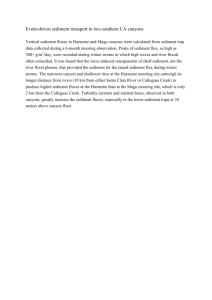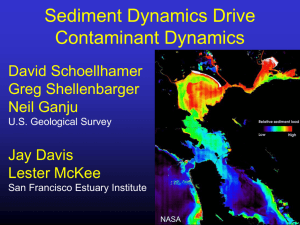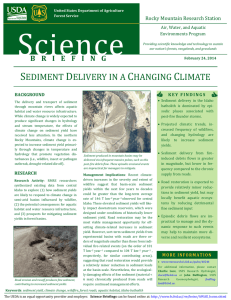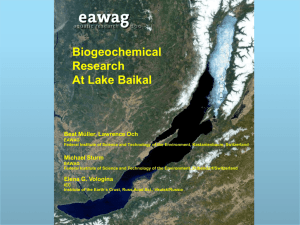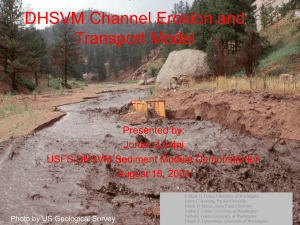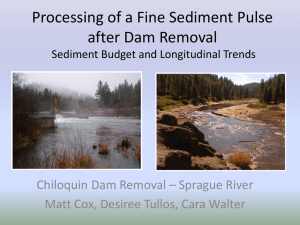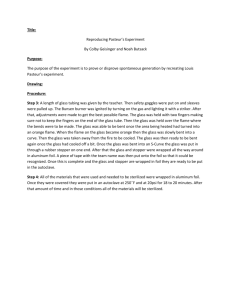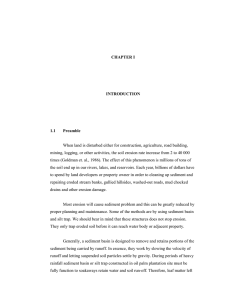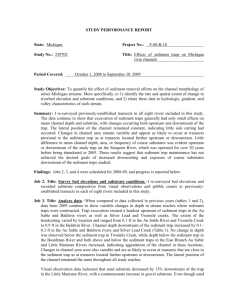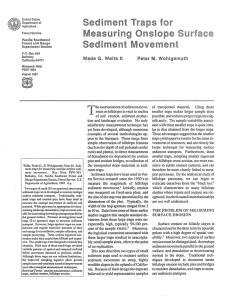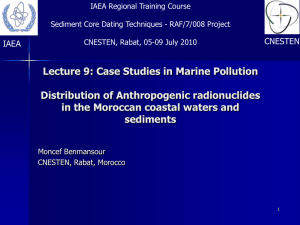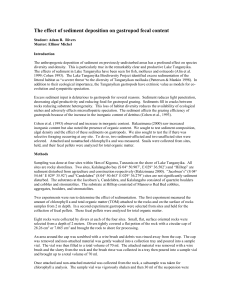The development and application history of the USGS sediment trap
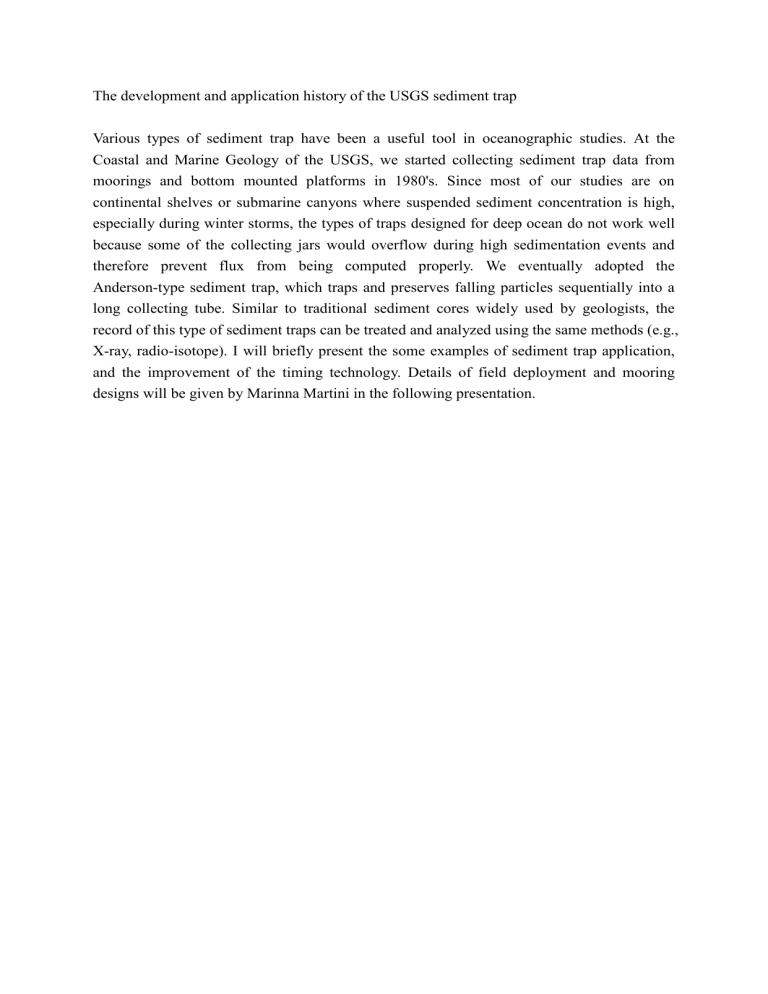
The development and application history of the USGS sediment trap
Various types of sediment trap have been a useful tool in oceanographic studies. At the
Coastal and Marine Geology of the USGS, we started collecting sediment trap data from moorings and bottom mounted platforms in 1980's. Since most of our studies are on continental shelves or submarine canyons where suspended sediment concentration is high, especially during winter storms, the types of traps designed for deep ocean do not work well because some of the collecting jars would overflow during high sedimentation events and therefore prevent flux from being computed properly. We eventually adopted the
Anderson-type sediment trap, which traps and preserves falling particles sequentially into a long collecting tube. Similar to traditional sediment cores widely used by geologists, the record of this type of sediment traps can be treated and analyzed using the same methods (e.g.,
X-ray, radio-isotope). I will briefly present the some examples of sediment trap application, and the improvement of the timing technology. Details of field deployment and mooring designs will be given by Marinna Martini in the following presentation.




